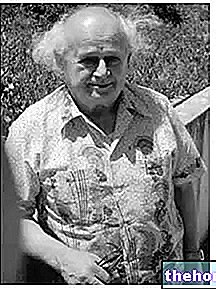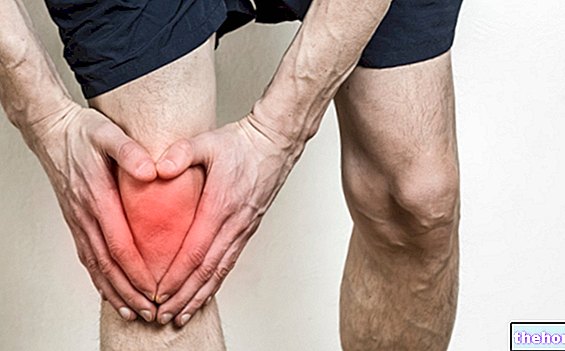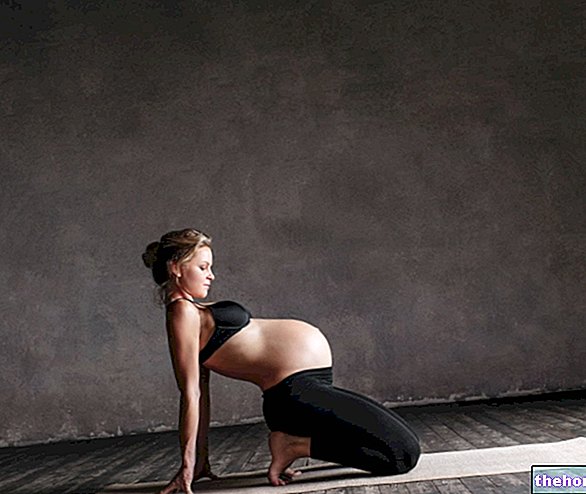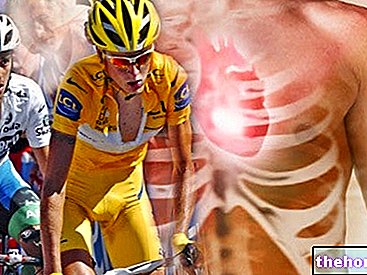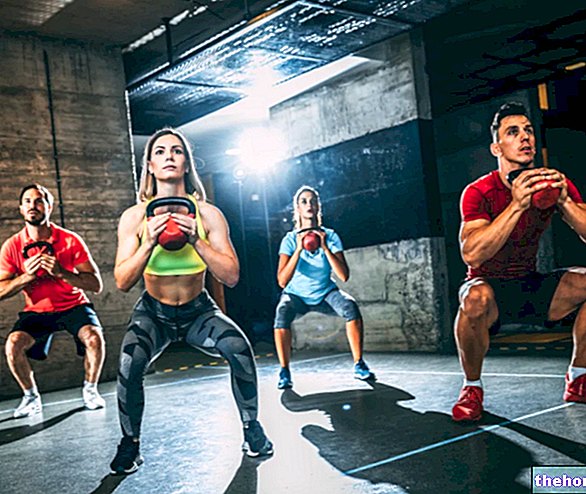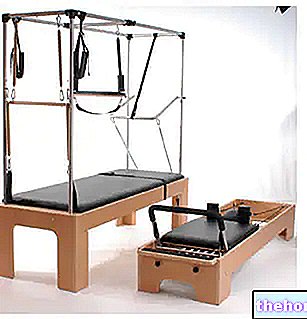Breathing during an effort
When practicing a sport, is it better to breathe through the nose as we have been taught since childhood or with the mouth?
It is difficult to give a dry answer to this question as much depends on the type of physical activity and the degree of intensity.
When we run, pedal or are in the gym, our metabolism rises and the energy demands of many organs increase.To ensure a greater supply of blood, oxygen and nutrients to the tissues, cardiac output and pulmonary ventilation increase.
The increase in ventilation is essentially achieved through:
- increased depth of breath
- increased respiratory rate
At this point it is necessary to immediately make a small clarification by distinguishing aerobic and mixed sports (running, cycling, football, tennis, swimming, basketball, etc.) from anaerobic ones (sprint competitions, weightlifting, bodybuilding, etc.).
In fact, in this last type of physical activity it makes no sense to talk about breathing since the muscular effort phase occurs very often in apnea. Considering the short duration of the performance, holding the breath allows the athlete to better coordinate movements, to develop increased strength and to protect your back from heavy lifting.
Absolute apnea, however, is not without contraindications, especially for cardiopathic, hypertensive and diabetic subjects who should absolutely avoid this situation. For this category of sportsmen and for those who practice body building we have drawn up a special article that explains in detail the optimal breathing technique weights and breathing.
Breathing in endurance activities
During a medium-low intensity aerobic exercise, ventilation increases linearly with oxygen consumption.

When the intensity increases further and approaches the maximum, ventilation increases more than oxygen consumption. In practice, if the intensity increases by 10%, the ventilatory response increases, for example, by 20% thanks to a marked increase in ventilation and above all the rate of breaths.
To explain this phenomenon, it is necessary to make a brief mention of the anaerobic threshold, that is, that value of exercise intensity beyond which the production of lactic acid exceeds the ability of the organism to dispose of it. The accumulation of lactate in the blood is partially neutralized by bicarbonates (buffer systems) with a chemical reaction that releases water and carbon dioxide. As everyone knows, this last substance (CO2) is very toxic for the body and must be eliminated with the breath.
Therefore lactic acid is the main cause of the "breathlessness" that arises during high intensity physical activity. In these conditions, the demand for oxygen and the need to eliminate carbon dioxide increase dramatically, forcing the subject to breathe both through the nose and through the mouth.
There is no limitation of the performance of ventilatory origin
Surely shocking news for many of the readers of this article. Contrary to what one might think, a greater lung capacity does not normally allow you to increase your performance level. In fact, it has been shown that even during maximal exercise there is a functional reserve on the part of the respiratory system. In these conditions, ventilation is equal to 65-85% of the maximum achievable value.
These data show that in conditions of maximum effort the body does not fully exploit its ventilatory capacities, consequently we can affirm that "there is no limitation of the performance of respiratory origin" (this may not be entirely true in the two extreme cases, or for the sedentary and for the high level middle distance runner).
The real limiting factor is the amount of oxygen that our body is able to extract from the air and use for metabolic processes. This parameter, together with the respiratory ones, increases a lot in the transition from a sedentary lifestyle to an active life, then tends to stabilize. Maximum consumption of oxygen is in fact largely genetically determined and gives us an estimate of the "engine displacement". It is not certain that a 1000 cc (lower VO2 max) is less performing than a 1300 cc (higher VO2max) since much depends on the capacity to burn gasoline (energy reserves), weight (percentage of body fat), aerodynamics (effectiveness of athletic movement) and resistance to wear (percentage of VO2 max sustainable for a given time).
Nose or Mouth?
Since childhood we have always been taught that when you play a sport, especially during the cold months, it is better to breathe with the nose than with the mouth. This is true since the nostrils and nasal cilia constitute a natural filter for the organism protecting it from bacteria and unwanted substances. In addition, the air is heated as it passes through the nasal cavities, protecting the throat and bronchi from the typical ailments of airways (cough, cold).
Breathing through the nose is therefore very useful when it is very cold and temperatures drop below freezing (0 ° C). However, this breathing technique has the strong disadvantage of limiting the amount of air that enters and leaves the lungs. In fact, when physical exercise is particularly intense, breathing with the mouth is no longer a choice but a necessity. To understand this, it is enough to observe an athlete engaged in a marathon or in a climb around the Tour of Italy, despite the strong training. proceed with your mouth wide open in search of as much air as possible.
Ultimately, if for moderate intensity exercises the advice to breathe through the nose is valid, for higher intensities it is good to seek the maximum amount of air by breathing also with the mouth (unless the immune defenses are low or you already suffer from pathologies load of the respiratory system). Possibly if it is very cold and you are predisposed to colds you can use a scarf or a high-necked shirt.
The application of a nasal patch or spray with a presumed bronchodilator effect makes sense only for those subjects who have problems with obstruction of the nasal passages.
Spirometry

